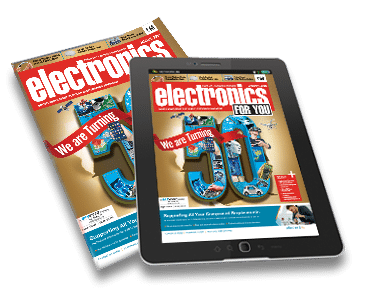Element14 has added hundreds of new products from the Amphenol Cables on Demand product line to its portfolio. Three connector categories in particular – the CAT6A Shielded RJ45 Cable Assemblies, BNC and SMA RF Coaxial Cable Assemblies, and Deluxe HD Molded D-Sub Cable Assemblies – are ideally suited for a vast array of applications across industries.
The CAT6A Shielded RJ45 Cable Assemblies with 650 MHz High-Bandwidth design provide optimal performance at speeds up to 10-Gigabits per second (10Gbps) and distances up to 100 metres. The cable has a projected service life of more than 20 years, is 28 percent smaller in diameter than unshielded CAT6A cables and uses a moulded PVC jacket and low-profile snagless boot for added durability. The connectors are available in a variety of lengths, plug sizes and jacket colours, and are ideal for use in the automotive, broadband, industrial, medical, consumer, safety and military markets.
The CAT6A Shielded RJ45 Cable Assemblies are available from element14 in India starting at 1100 INR.
The reliable and low-loss BNC and SMA RF Coaxial Cable Assemblies by Amphenol are perfect for low-power RF, LAN, broadcast, data, test and signal applications. The cables feature a nickel-plated connector body and gold-plated centre pin contact. The connectors are available in a variety of BNC Male, BNC Female, SMA Male and SMA Female combinations at varying lengths, with adjustable head and reverse polarity options also in stock.
The BNC and SMA RF Coaxial Cable Assemblies are available from element14 in APAC starting at 900 INR.
The 15-pin Deluxe HD Molded D-Sub Cable Assemblies utilise 26 AWG data grade wire protected by copper tape and aluminum Mylar. The long-lasting connectors are ideal for commercial, industrial and enterprise applications and are suited for projects requiring frequent disconnects. With gold-plated contacts for excellent signal communication, the cable assemblies have a handling capacity of 300V and can even be cut in half or custom terminated for prototyping purposes.
The Deluxe HD Molded D-Sub Cable Assemblies are available from element14 in APAC starting at 900 INR










